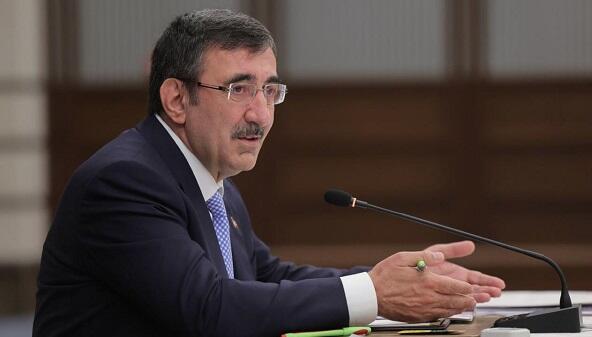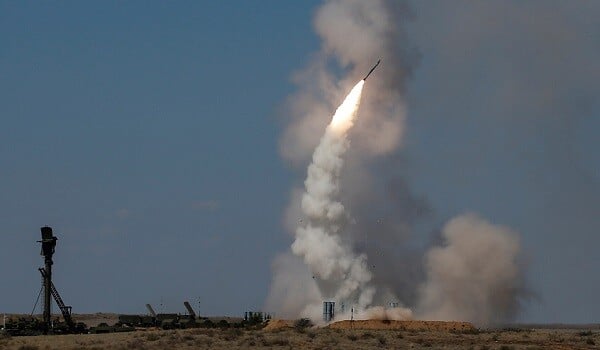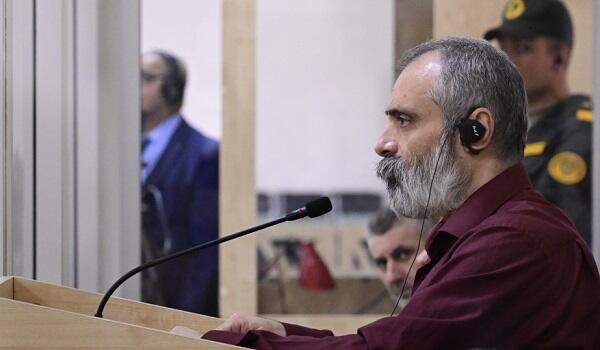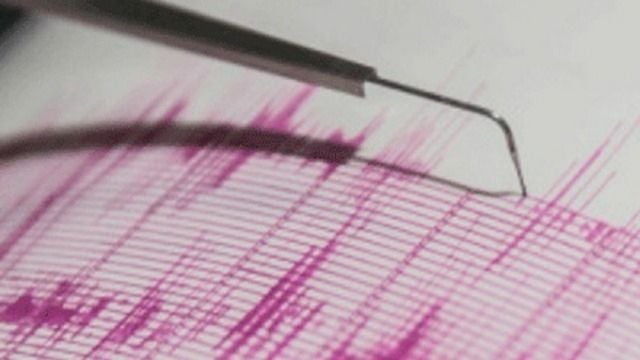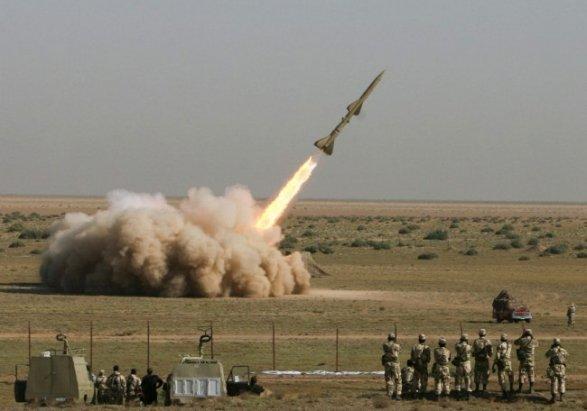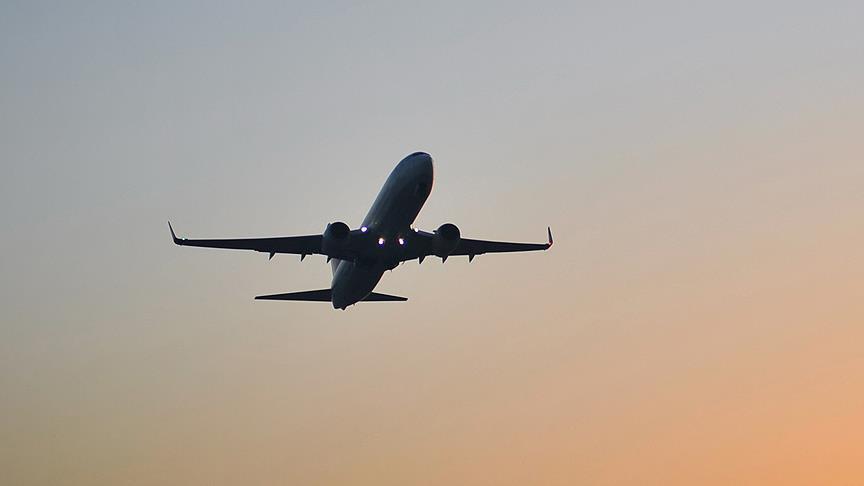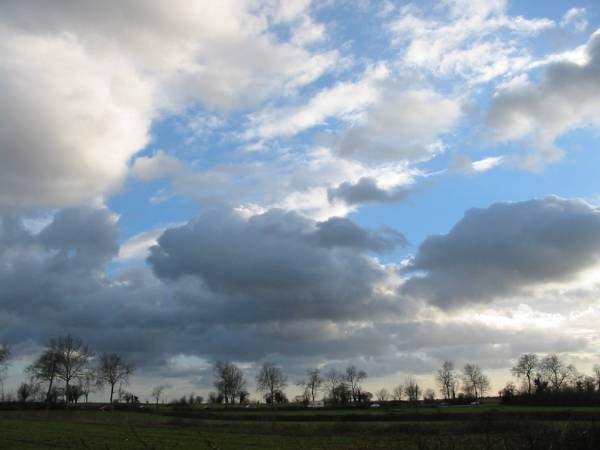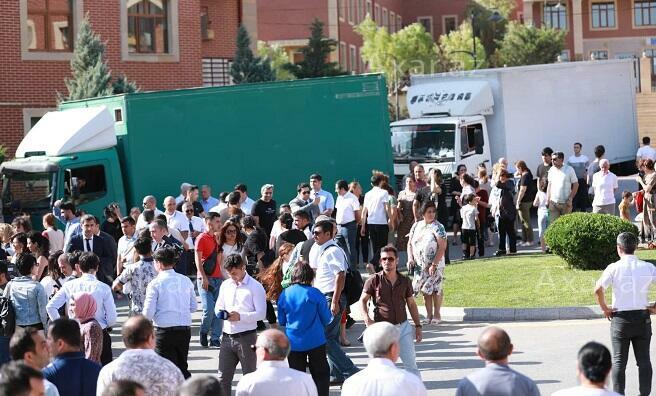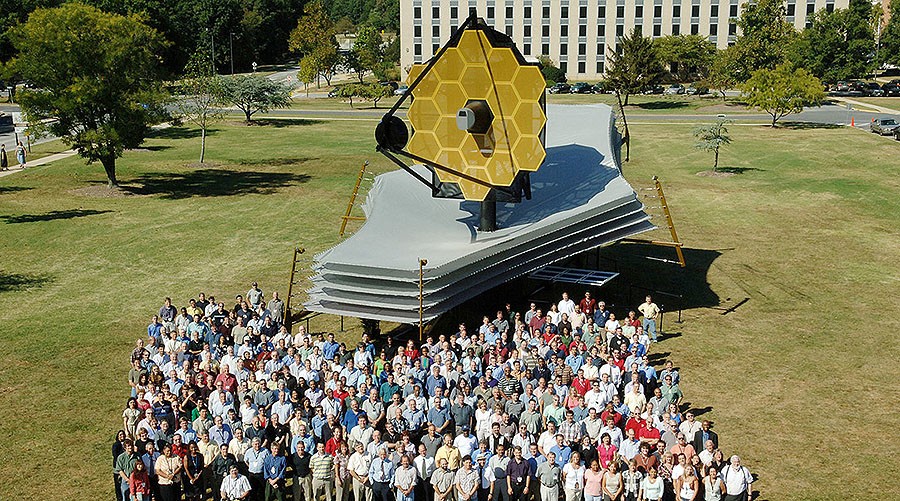The James Webb Space Telescope (JWST) has finally been
unveiled at NASA. The fruit of 20 years’ labor, its 18 mirrors will
peer further into space than any existing ground or space-based
telescopes.
More than 20 years has been spent developing the machine, with
its dazzling signature honeycomb look. The mirrors will correct
infrared light and peer further into space than any of its
contemporaries, including the Hubble Space Telescope, which the
JWST succeeds.
"Today, we’re celebrating the fact that our telescope is
finished, and we’re about to prove that it works," senior project
scientist John Mather was cited by Space.com as saying on November
2, as the device was unveiled at NASA’s Goddard Space Center in
Maryland. "We’ve done two decades of innovation and hard work, and
this is the result – we’re opening up a whole new territory of
astronomy."
While the Hubble has undoubtedly given us a wealth of material
that humanity has been analyzing for decades, the JWST will outgun
it by far. The primary reason is that the size of its mirror panels
is seven times that of the Hubble’s. The other main improvement is
its ability to collect infrared light, which the Hubble is
incapable of because heat emitted by Earth, the Sun, and the
telescope itself obscures its vision.
The JWST, on the other hand, operates at temperatures near
absolute zero and packs a tennis court-sized sun shield to screen
it from infrared light. It will be put into orbit at what’s called
Lagrangian Point 2, where the Earth will be directly between it and
the Sun at all times.
The telescope will also be able to see through all the space
dust into the first galaxies ever created, analyze the atmospheres
of distant exoplanets, and find thousands more than we’re able to
detect today.
Consequently, the JWST is perfectly suited for searching for
planets capable of supporting life, with one contender less than
five light years away. Its resolution is so high that Mather says
it would be able to spot a bumblebee at a distance from Earth to
the Moon, and could pick up the bee’s body heat as well.
The JWST will now be tested for about two years before being
sent into orbit. Its launch was pushed back from its original
planned date in 2014 because it would have cost $5 billion and was
riddled with hiccups and financial constraints. Currently, the JWST
is expected to be blasted into space in October of 2018.
"Some of you that have followed JWST know that it almost didn’t
happen, and it’s mainly because of the people that are sitting
here, able to talk to you today, that we’re all here and within two
years of launch," NASA administrator Charles Bolden said at a NASA
news conference.
"It’s critically important to get it right here on the ground,
and that’s the purpose for the tests that we’re doing here and,
most importantly, for the tests when we get it down to Johnson
[Space Center] in Chamber A, the big vacuum chamber," Bolden went
on.
"[We need to] make sure it can, in fact, be focused, so that we
don’t find, as we did with Hubble, that we don’t have the ability
to do what we thought it was going to be able to do," he said. The
JWST is equipped with rotating mirrors that can be adjusted without
the need for installing a corrective lens.
Once the it is launched, the telescope will gracefully unfold
its 6.5-meter panels over the course of two weeks, as it is too
large to be launched fully unfurled.
According to Mather and Bolden, the new telescopic beast will
collect data for five years, but have enough fuel for 10. There is
hope that it will last beyond its projected lifespan. However, even
after launch, scientists will have to wait another six months
before it starts collecting data.
Mather recalled the "seven minutes of terror" of the immensely
complicated Mars Curiosity Rover landing, and added: "This is six
months of terror."
The JWST will have plenty to look at, and scientists should be
very excited, given that just two weeks ago they discovered that
the universe contained trillions more galaxies than previously
thought after analyzing years of deep space images from the
outgoing Hubble.















